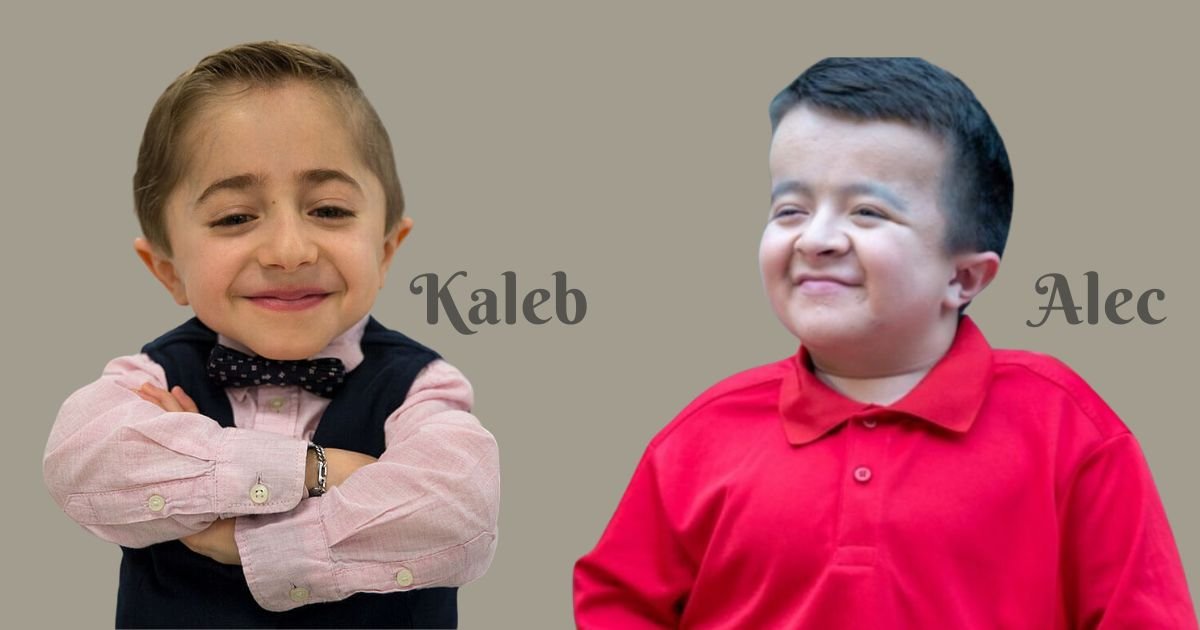Exploring Compensation, Child Actor Rights, and Non-Profit Advertising Practices
Alec and Kaleb are two well-known faces in the commercials for Shriners Hospitals for Children, an organization dedicated to providing pediatric medical care to children regardless of their families’ ability to pay. Their appearances have prompted many viewers to wonder: Do Alec and Kaleb get paid for their commercials? This article will explore child actor compensation, particularly for charity-based advertisements, and what it means for Alec and Kaleb as patient ambassadors.
Who Are Alec and Kaleb from Shriners Commercials?
Alec Cabacungan: A Familiar Face with a Powerful Story
Alec Cabacungan, born with osteogenesis imperfecta (a rare bone disorder also known as brittle bone disease), became a prominent face of Shriners Hospitals’ mission. Since appearing in commercials, he’s inspired countless viewers with his positivity and determination, making him a beloved ambassador for Shriners Hospitals for Children.
Kaleb-Wolf De Melo Torres: Inspiring Hope
Kaleb-Wolf De Melo Torres, who also lives with brittle bone disease, started appearing in Shriners commercials at a young age. Kaleb’s journey and strength resonate deeply with viewers, making him another powerful symbol of hope for children facing severe health challenges. Both Alec and Kaleb help raise awareness about the importance of supporting Shriners Hospitals.
Do Non-Profit Commercials Pay Their Child Actors?
Understanding Child Actor Compensation in Charity Advertising
Child actors typically receive compensation when appearing in commercials or other media, but non-profit advertising is a unique case. Organizations like Shriners Hospitals for Children focus on delivering essential medical care to children, often funded through donations. This focus on charitable work raises questions about the compensation structure for patient representatives like Alec and Kaleb.
In standard advertising, child actors are usually paid according to union guidelines or contract terms, often with residuals or royalties for recurring appearances. However, in charitable advertising, payment structures may differ, with some organizations offering non-monetary support or relying on volunteers.
Do Shriners Commercials Pay Alec and Kaleb?
While Shriners Hospitals has not publicly disclosed specific details about Alec and Kaleb’s compensation, the non-profit nature of their work suggests potential differences from typical child actor arrangements. Some reports suggest that Alec and Kaleb may not be paid in a traditional sense but may receive other forms of support, such as medical care, travel reimbursements, or other expenses related to their roles as patient ambassadors.
The lack of clear information often leads to public speculation, but understanding the unique context of non-profit advertising helps clarify why payment arrangements may differ.
What Legal Protections Exist for Child Actors in Charity Advertising?
The Coogan Law and Child Actor Earnings
For child actors in the entertainment industry, legal protections ensure that a portion of their earnings is preserved. Named after child actor Jackie Coogan, the Coogan Law mandates that a percentage of earnings go into a trust until the child turns 18, preventing misuse of their income by adults.
While Coogan Law applies broadly to child actors in commercial settings, its application in charitable advertising is less clear. If Alec and Kaleb receive any form of compensation, these funds might also be governed by Coogan protections, depending on the structure of the arrangement and the state in which they reside.
Ethics and Transparency in Charitable Advertising
Non-profits face specific ethical guidelines in compensating child ambassadors, particularly if the organization serves vulnerable populations. These guidelines often promote transparency around financial arrangements, especially if public donations fund the organization. This ethical framework can influence how non-profits approach compensation, aiming to balance mission-driven work with fair compensation for participants.
Do Alec and Kaleb Receive Other Forms of Support from Shriners?
Non-Monetary Compensation: Support Beyond Traditional Payment
In many cases, child ambassadors in non-profit settings receive non-monetary forms of support rather than direct payment. For Alec and Kaleb, support could include medical treatment, access to healthcare resources, or travel arrangements for promotional events. This approach aligns with the mission-driven focus of organizations like Shriners, which prioritize healthcare access and treatment for children.
The Role of Patient Ambassadors in Raising Awareness
Beyond financial considerations, Alec and Kaleb’s roles help spread awareness of Shriners’ life-changing work. Their stories resonate with viewers, inspiring donations and fostering a sense of empathy for children facing serious health challenges. This “emotional compensation” holds great value in the realm of non-profit work, where ambassadors act as symbols of resilience and hope.
Public Perception of Compensation for Child Ambassadors in Non-Profits
Audience Curiosity: Why Do People Want to Know if Alec and Kaleb Get Paid?
Many viewers are curious about Alec and Kaleb’s financial arrangements because they feel a connection to these young spokespeople. Audiences often perceive Alec and Kaleb as vulnerable, which fuels a desire to ensure they’re fairly compensated. As public awareness grows around child labor and fair compensation, there is increased interest in how non-profits handle these ethical responsibilities.
Transparency in Charitable Advertising
Transparency in non-profit advertising is crucial, as it builds public trust. While compensation for Alec and Kaleb might not follow typical commercial standards, organizations can benefit from clear communication about how they support their ambassadors. This transparency reinforces trust with donors, who want to ensure their contributions are used ethically.
What Does This Mean for the Future of Child Ambassadors in Non-Profit Advertising?
The case of Alec and Kaleb highlights broader trends in child representation in charitable advertising. As public interest grows in the financial and ethical aspects of non-profit advertising, organizations may move toward increased transparency regarding compensation and support for young ambassadors. Balancing mission-driven work with fair treatment for participants ensures ethical practices and fosters positive relationships with audiences.
Conclusion: Alec and Kaleb’s Work is More Than Just a Commercial
While it’s unclear whether Alec and Kaleb receive direct payment, their roles as patient ambassadors help bring visibility to Shriners Hospitals for Children, supporting their mission to provide care for children in need. Their compensation, whether monetary or otherwise, is secondary to the greater purpose they serve: inspiring hope and facilitating donations that allow Shriners Hospitals to continue their valuable work.
Alec and Kaleb’s stories remind us of the profound impact non-profit advertising can have, beyond dollars and cents, by showcasing resilience, hope, and the importance of charitable work. Whether or not they receive traditional payment, their contributions are priceless to the mission they champion.
You may like it: Can I Sue for Astrovirus from Hardee’s in Virginia?



